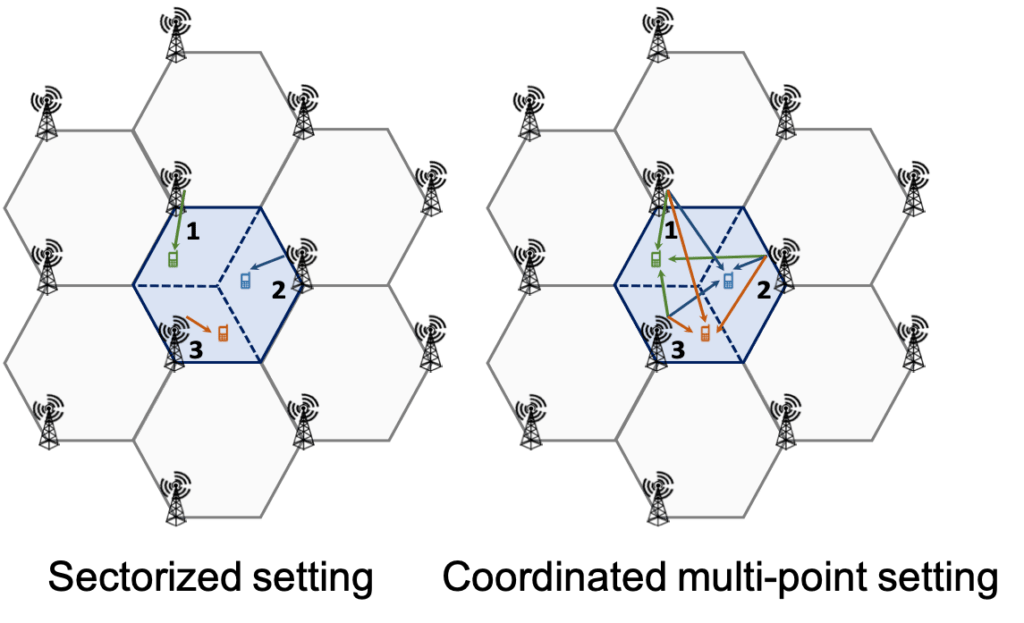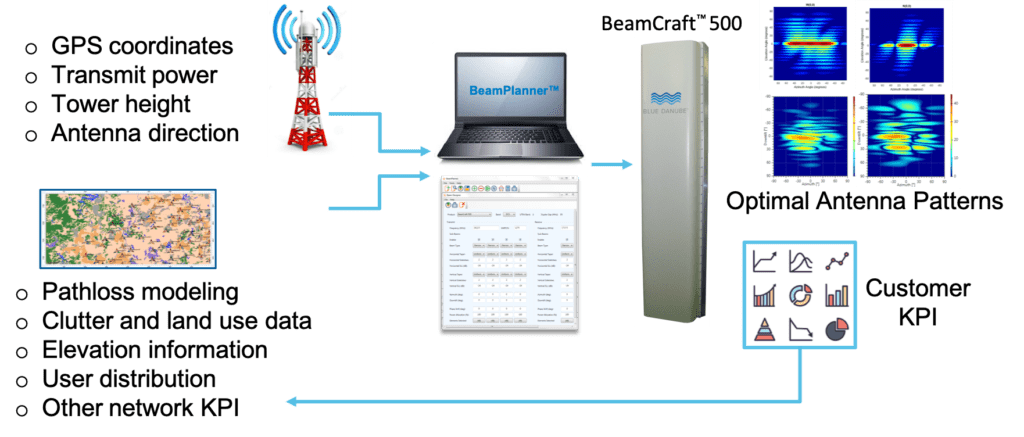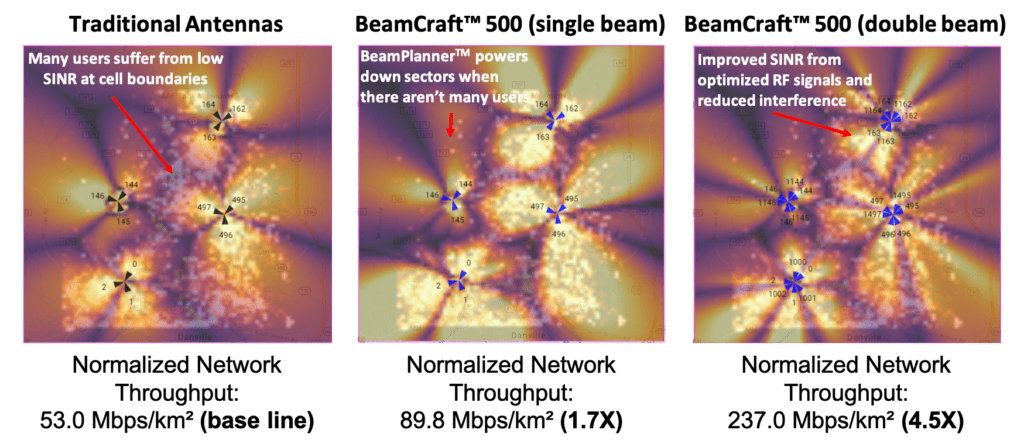The development of new technologies and applications such as virtual reality, ultra high-definition video conferencing, and internet of everything has caused a revolutionary change in the demand for data rate in cellular systems. While conventional cellular technologies are not able to effectively respond to this demand, Massive MIMO can provide significantly high data rates to meet this demand. In massive MIMO cellular systems, a large number of antennas are employed at each base station (BS) to serve multiple single-antenna users within each cell over the same time-frequency interval. In this research, we investigate several analytical and practical aspects of Massive MIMO systems operating based on time-division duplexing (TDD) or frequency-division duplex (FDD) operation.
Availability of channel state information is crucial to fully exploit spatial multiplexing gains in massive MIMO systems. It is known that using a TDD protocol with uplink channel training provides a scalable system where we can increase the number of antennas at the base station without increasing the channel estimation overhead. In this research, we investigate the impact of using sectorized antenna elements on the effects of ‘pilot contamination’ caused by reusing pilot sequences used for channel estimation in TDD Massive MIMO systems. Furthermore, we analyze the performance of ‘multi-point coordination’ in Massive MIMO systems for different precoding and decoding schemes. Power control is a crucial task in Massive MIMO systems to provide good quality of service for the users. We study various centralized and decentralized power control strategies with different fairness criteria.

Although TDD Massive MIMO systems provide significant multiplexing gains, more that 80% of the cellular market is based on FDD in the North America. Due to the lack of reciprocity in FDD, we need to estimate uplink and downlink channels separately. However, as opposed to the uplink, the time required to estimate the downlink channels is proportional to the number of antennas at the base station. This means that we cannot scale up the number of antennas at each base station arbitrarily in FDD Massive MIMO systems due to the channel estimation overhead. One of the goals in this project is to bring a flavor of Massive MIMO to FDD LTE systems with different hardware constraints. To this end, we collaborate with Blue Danube Systems, one of our 5G industrial collaborators. The key idea is to use RF coherent massive antenna arrays in which offline and online calibration techniques are used to compensate deterministic and random offsets enabling a precise control on the radiation pattern of the antenna arrays. In this research, we study various single-cell and multi-cell beamforming optimization schemes in FDD Massive MIMO systems with RF coherent antenna arrays. The designed algorithms are also implemented in commercial software called BeamPlanner used for beam pattern optimization in FDD Massive MIMO systems.


Featured Group Publications
- S. Shahsavari, A. Ashikhmin, E. Erkip, and T. L. Marzetta, “Coordinated Multi-Point Massive MIMO Cellular Systems with Sectorized Antennas,” IEEE Asilomar Conference on Signals, Systems, and Computers, October 2018.
- S. Shahsavari, A. Hosseini, C. Ng, and E. Erkip, “Adaptive hybrid beamforming with Massive phased arrays in macro-cellular networks,” IEEE 5G World Forum, June 2018.
- S. Shahsavari, P. Hassanzadeh, A. Ashikhmin, and E. Erkip, “Sectoring in Multi-cell Massive MIMO Systems,” IEEE Asilomar Conference on Signals, Systems, and Computers, October 2017.